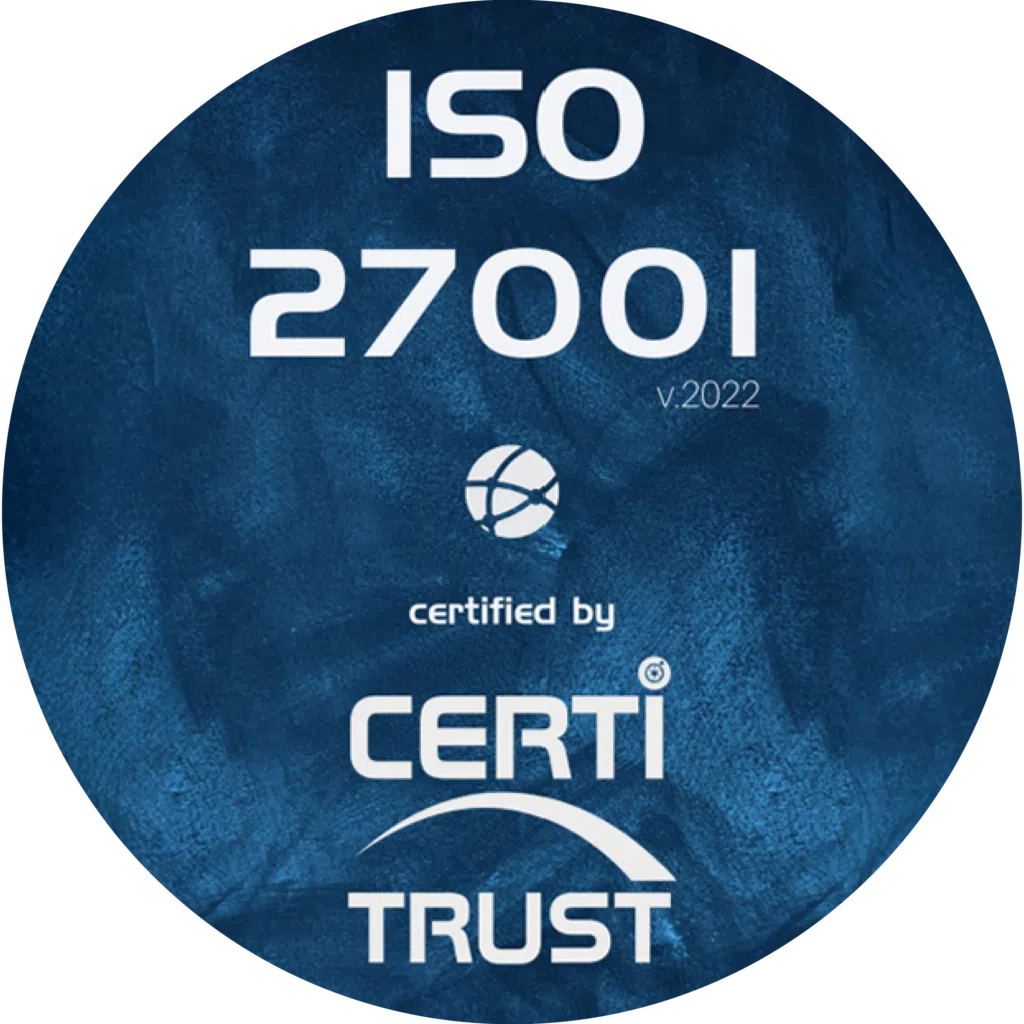A quality audit is a methodical, distinct and documented process based on evidence and observations to objectively assess a system’s compliance with quality standards (e.g. ISO 9001). The person in charge of the audit (the auditor) provides an analysis using a neutral and impartial eye to detect non-conformities so that the company can subsequently take corrective action. Preparation, implementation and the audit report are the 3 key stages in a simplified understanding of an auditor’s work.
By way of example: the supplier audit is one of the 3 types of audit carried out as part of Quality surveillance. It is used to assess the performance of suppliers or external service providers in relation to customer and regulatory requirements. This makes it possible to assess the compliance of products and processes and to detect risks in the supplier’s processes. In the contract with the external service provider, the audit will then be a decision-making factor.
Preparation and planning
There is a preparation and planning phase to conducting a Quality audit. In particular, you need to define the objectives and requirements for carrying out the audit: the processes to be audited, the location, the scope and the desired period. Based on this information, the auditor draws up an audit plan and sends it to the audited company, which may refuse and/or modify it if it wishes. In this case, the auditor will propose a new audit plan until the company accepts the proposed plan. The audit plan takes into account the structure’s current context, for example: new activities, new scope, organisational changes, etc.
Finally, it is the result of an exchange between the auditor and the auditee that will lead to the auditor proposing the audit plan, taking into account the current context and any new developments in the scope analysed.


Implementation
Once the audit plan has been accepted by both parties, the audit can begin according to the plan initially signed, starting with an opening meeting. The opening meeting is organised to explain and highlight what is at stake in the audit.
It aims to create an environment of trust by bringing together the players involved in the audit. The auditors and the various people involved in the audit will attend the opening meeting.
Observations
This stage determines whether the applicable standards and procedures are known and properly applied by the staff being audited. This is a field phase, since it is a method of observing activities and operating methods in the light of the applicable standards.
Questioning
The auditors may conduct interviews with the company’s employees. This is an excellent way ofassessing understanding, knowledge and correct application of procedures. In fact, examiners can fill in a form for each function performed and can collect, analyse and use this information.
Let’s assume that several employees in the same department contradict each other in the way they carry out the tasks assigned to them. The auditor will therefore quickly realise that the procedures have not been assimilated in the same way by all the people being audited.
Document analysis
This method is based on examining written documents and analysing the company’s existing practices.
The auditor can access performance indicators,customer complaint registers and even previous audit reports in order to have a solid documentary base.
Using these 3 methods, the aim is toassess compliance with new applicable standards and company processes.
Once the field audit has been completed, a new meeting, called the closing meeting, is organised. The closing meeting highlights thecurrent state of the audited structure and draws conclusions from the audit. This stage compares the information gathered previously with the audit reference criteria defined at the time of preparation. The auditor presents the weak points and areas for improvement, without forgetting to mention the strong points in terms of the applicable standards.
It should be noted that the auditor’s roleis not to propose or give recommendations to the company, but rather to make anobjective assessment, based on facts, of compliance with the audit criteria.
Audit report
The auditor draws up an audit report describing the results, conclusions and observations. It describes the number of non-conformities observed and the opportunities for improvement. The audit report is based on a given period and location, so the audit report for year N will not be the same as that for year N-1.
This is why it is important for a company concerned about its performance to carry out regular audits in order to bring the system into line with the new features defined by a quality standard.
It is important to add that the auditor mentions in his report what is already compliant and well advanced in terms of quality standards within the structure analysed. The aim is not only to identify shortcomings, but also toensure that all the quality work carried out previously is maintained.
Want to learn more about our Weproc procurement management software?
Contact us or request your 15-minute demo below!








